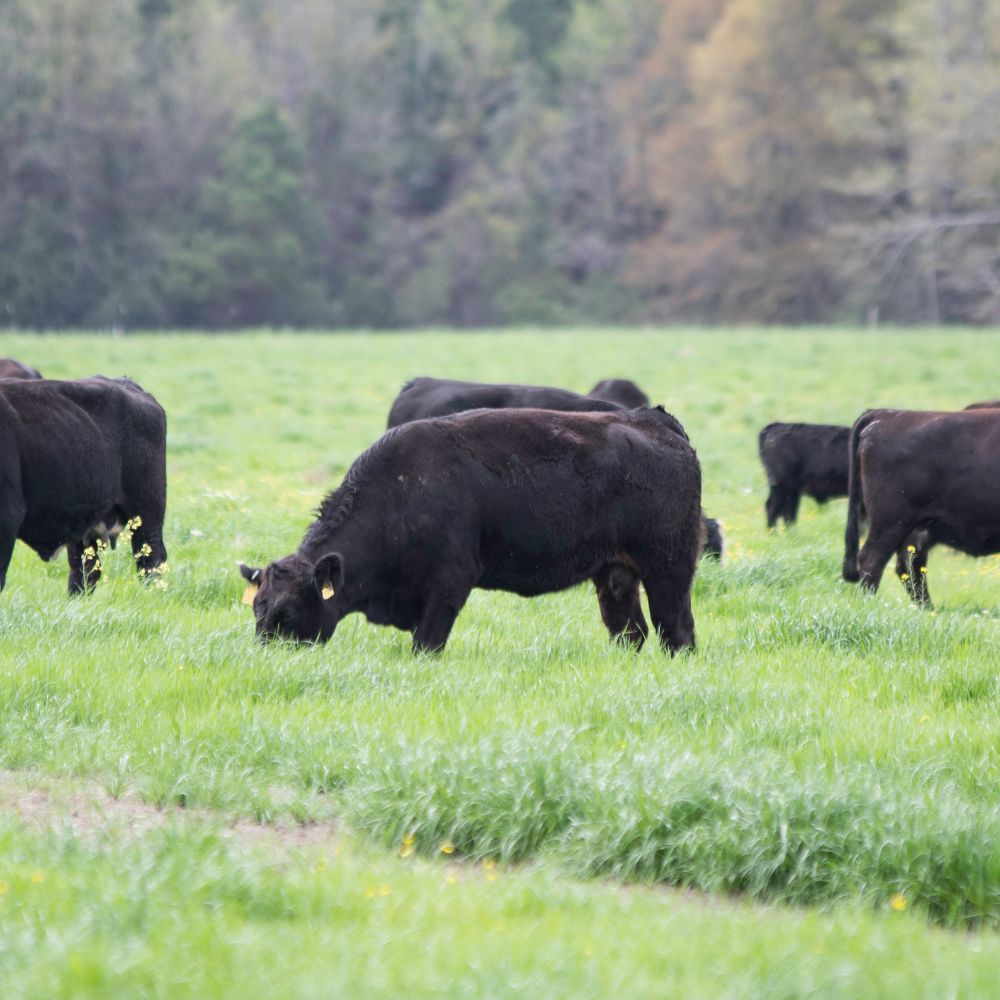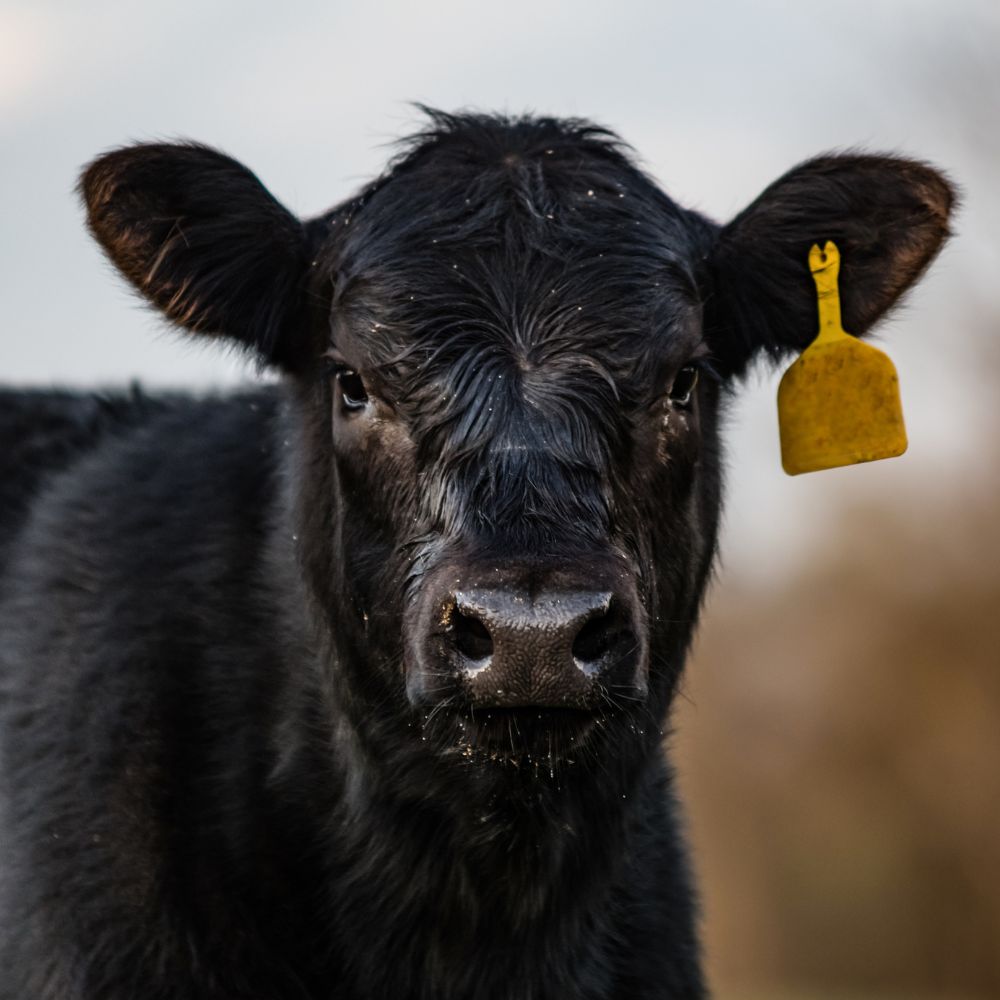Bagley Risk Management Fundamentals Explained
Bagley Risk Management Fundamentals Explained
Blog Article
The Greatest Guide To Bagley Risk Management
Table of ContentsBagley Risk Management for BeginnersBagley Risk Management for DummiesBagley Risk Management Fundamentals ExplainedThe Ultimate Guide To Bagley Risk ManagementThe smart Trick of Bagley Risk Management That Nobody is DiscussingThe Ultimate Guide To Bagley Risk Management
When your agreement reaches its end date, the last price is calculated making use of the CME Feeder Livestock Index. This is based upon sale barns throughout the Midwest (not simply your local market). If the index drops below your agreement's insurance coverage rate, you may be paid the difference. Cost Change Factors will apply.Animals Danger Protection (LRP) is a USDA subsidized insurance coverage program that assists protect manufacturers from the threats that originate from market volatility. With LRP, manufacturers have the ability to insure a floor cost for their cattle and are paid an indemnity if the market value is less than the insured cost.
This product is intended for. LRP insurance.
What Does Bagley Risk Management Mean?

In the last pair of months, several people at FVC and PCM have obtained inquiries from manufacturers on which threat monitoring tool, LRP vs. Futures, is better for a pork manufacturer? Like the majority of devices, the response depends upon your operation's goals and scenario. For this version of the Dr.'s Edge, we will certainly take a look at the situations that have a tendency to favor the LRP device.
In Mike's evaluation, he compared the LRP estimation versus the future's market close for each and every day of the past twenty years! The percent shared for every month of the given year in the initial section of the table is the portion of days in that month in which the LRP estimation is less than the futures close or simply put, the LRP would possibly indemnify even more than the futures market - https://www.anyflip.com/homepage/ojhqz#About. (Livestock risk protection)
As an example, in January 2021, all the days of that month had LRP possibly paying greater than the futures market. Conversely, in September 2021, all the days of that month had the futures market possibly paying even more than LRP (no days had LRP less than futures close). The tendency that reveals itself from Mike's evaluation is that a SCE of a LRP has a greater possibility of paying more versus futures in the months of December to May while the futures market has a higher possibility of paying more in the months of June to November.
More About Bagley Risk Management

As an example, in 2019, LRP was far better or within a $1. Table 2 depicts the ordinary basis of the SCE LRP estimations versus the future's close for the offered time structures per year.
Once again, this data supports more possibility of an SCE of a LRP being better than futures in December via May for a lot of years. As a common caution with all evaluation, past efficiency is NO assurance of future performance! Likewise, it is critical that producers have accounting methods in position so they know their price of manufacturing and can better identify when to use threat monitoring tools.
Not known Incorrect Statements About Bagley Risk Management
Some on-farm feeders might be contemplating the demand for cost defense at this time of year on calves retained with the intent to feed them to a coating weight at some point in 2022, utilizing available feed resources. In spite of strong fed livestock rates in the existing regional market, feed prices and existing feeder calf values still create limited feeding margins moving on.
23 per cwt. The current ordinary auction price for 500-600 extra pound guides in Nebraska is $176 per cwt. This suggests a break-even rate of $127. 57 for the 1,400-pound guide in July of 2022. The June and August live livestock contracts on the CME are currently trading for $135. 58 and $134.
Cattle-feeding enterprises tend to have limited margins, like numerous agricultural ventures, because of the competitive nature of the organization. Cattle feeders can bid extra for inputs when fed livestock rates rise. https://issuu.com/bagleyriskmng. This boosts the price for feeder livestock, particularly, and rather increases the costs for feed and other inputs
About Bagley Risk Management
Areas far from major processing facilities often tend to have an adverse basis. It is necessary to keep in mind that regional results additionally affect basis values for 500-600 extra pound steers in the loss. For example, Nebraska livestock are close to major processing centers. Consequently, basis is positive or zero on fed livestock across much of the state.
Just in 2020 did the LRP protection rate exceed the finishing worth by enough to cover the costs cost. The web impact of having this LRP insurance coverage in 2019-20 was considerable, adding $17.
37 The manufacturer costs decreases at lower protection degrees however so does the coverage cost. The effect is a reduced net outcome (indemnity costs), as coverage level declines. This shows lower efficient degrees you can look here of security. Nevertheless, since producer costs are so reduced at reduced insurance coverage degrees, the producer loss ratios (indemnity/premium) rise as the coverage degree decreases.
The Main Principles Of Bagley Risk Management
In general, a manufacturer must check out LRP coverage as a system to protect result cost and subsequent profit margins from a danger monitoring standpoint. Some producers make a situation for guaranteeing at the reduced levels of coverage by concentrating on the decision as an investment in risk administration protection.

Report this page